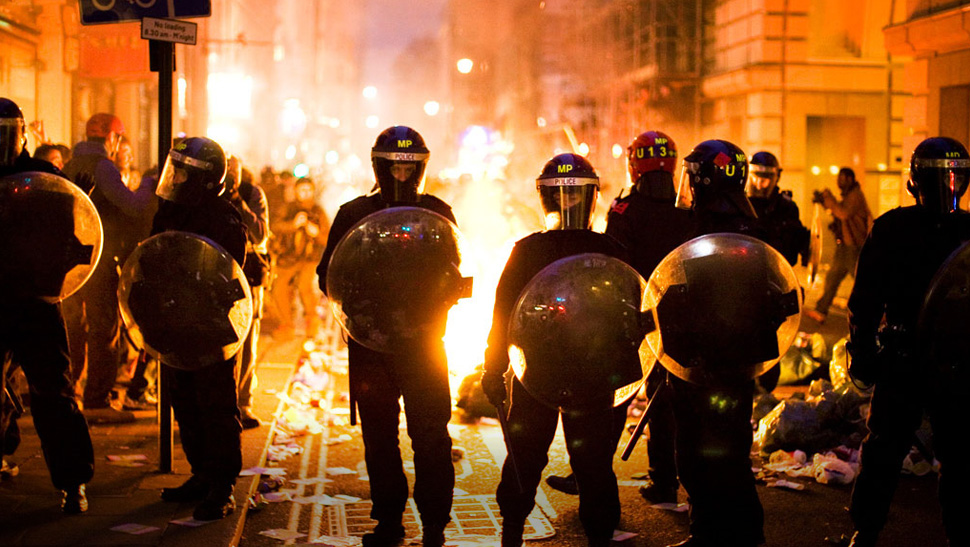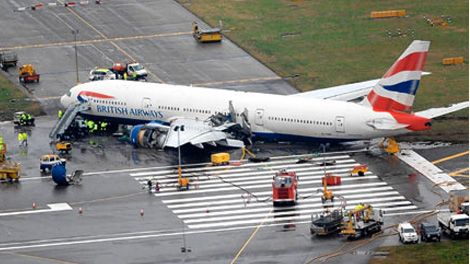Strategy
Nothing works as effectively in dealing with real-world disasters as rehearsal. We construct a simulated incident; your people respond to it – this lived experience equips them with psychological and practical tools to deal with crisis situations in future.



